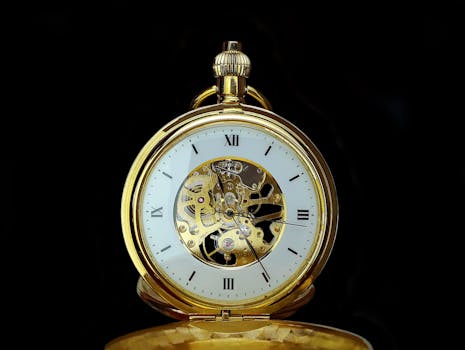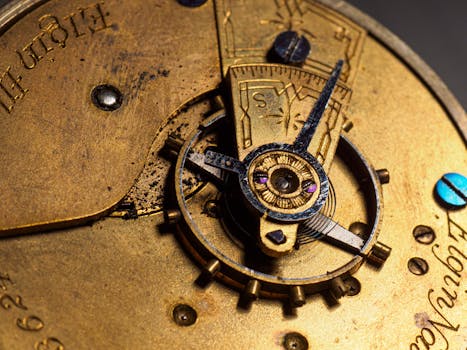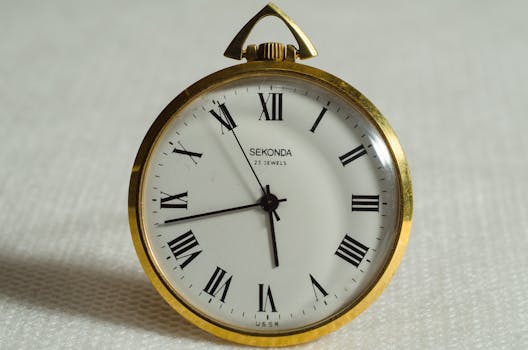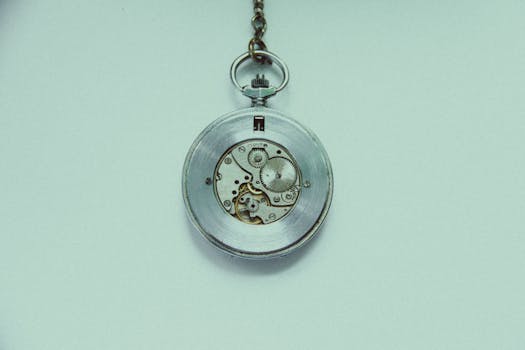
Exploring the Intricate World of Watch Movements
Takeaways: Understanding watch movements is essential for any watch enthusiast. This article explores the three primary types of watch movements: mechanical, automatic, and quartz. Each type has its unique characteristics, advantages, and history, contributing to the rich tapestry of horology.
Watches are more than just timekeeping devices; they are intricate pieces of machinery that embody artistry, craftsmanship, and innovation. At the heart of every watch lies its movement, the mechanism that powers it. In this article, we will explore the different types of watch movements, focusing on mechanical, automatic, and quartz movements. By the end, you will have a comprehensive understanding of what makes each type of movement unique.
1. Mechanical Movements

Mechanical watches can be divided into two categories: manual and automatic. Manual mechanical watches require the wearer to wind the mainspring regularly, while automatic watches use the movement of the wearer’s wrist to wind the mainspring automatically.
1.1 Manual Mechanical Movements
Manual mechanical watches are the traditional type of watch movement. They require the wearer to wind the watch by turning the crown, which tightens the mainspring. This process must be done regularly, typically every 24 to 48 hours, depending on the watch’s power reserve.
One of the key appeals of manual mechanical watches is the connection they create between the wearer and the timepiece. The act of winding the watch is a ritual that many enthusiasts cherish. Additionally, mechanical movements are often visible through the case back, allowing wearers to appreciate the intricate workings of the watch.
1.2 Automatic Mechanical Movements
Automatic movements, also known as self-winding movements, are a marvel of engineering. They incorporate a rotor, a semi-circular weight that moves with the wearer’s wrist movement. This movement winds the mainspring, eliminating the need for manual winding, as long as the watch is worn regularly.
Automatic watches combine the beauty of mechanical movements with the convenience of modern technology. They often have a power reserve of 40 hours or more, meaning they can continue running even if not worn for a day or two.
2. Quartz Movements

Quartz watches are known for their reliability and low maintenance. They do not require winding and can run for several years on a single battery. This has made quartz movements extremely popular, especially for those who prioritize accuracy and convenience over traditional craftsmanship.
2.1 The Advantages of Quartz Movements
One of the most significant advantages of quartz movements is their accuracy. They can keep time to within a few seconds per month, far surpassing the accuracy of most mechanical watches. Additionally, quartz watches are typically more affordable due to their simpler manufacturing processes.
Another advantage is their robustness. Quartz watches are less sensitive to shocks and environmental factors compared to mechanical watches, making them ideal for everyday wear.
3. Choosing the Right Movement for You

It’s important to evaluate your lifestyle and preferences. If you enjoy the ritual of winding your watch and appreciate the artistry of horology, a mechanical or automatic watch may be the right choice for you. Conversely, if you prefer a low-maintenance watch that keeps accurate time without much fuss, a quartz watch may be the better option.
Conclusion








